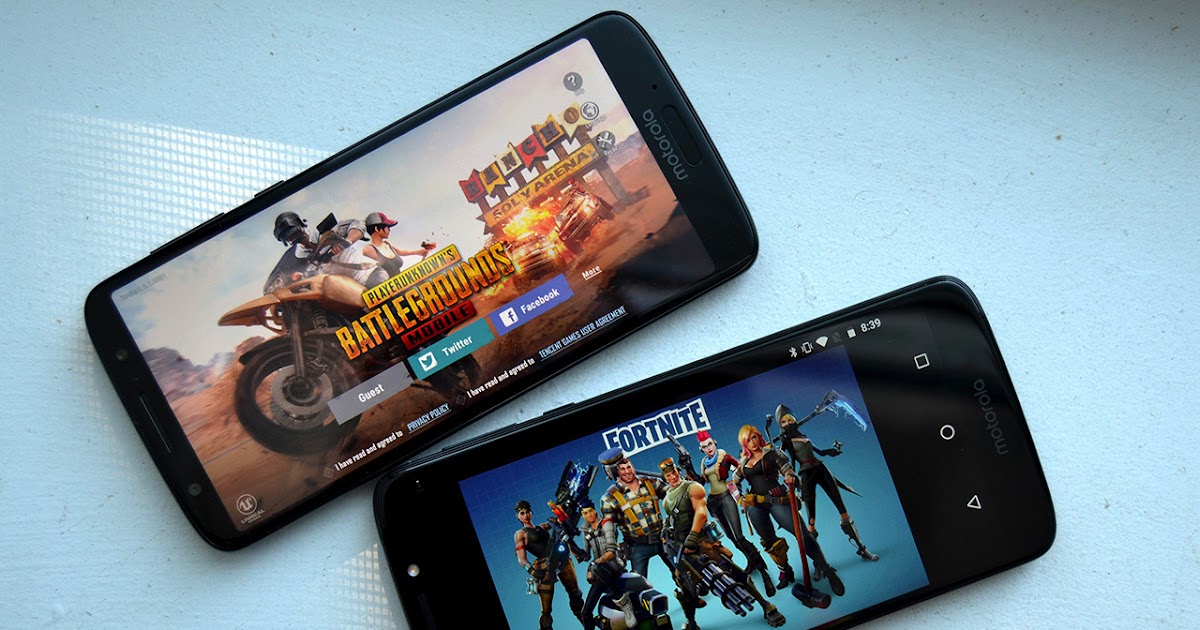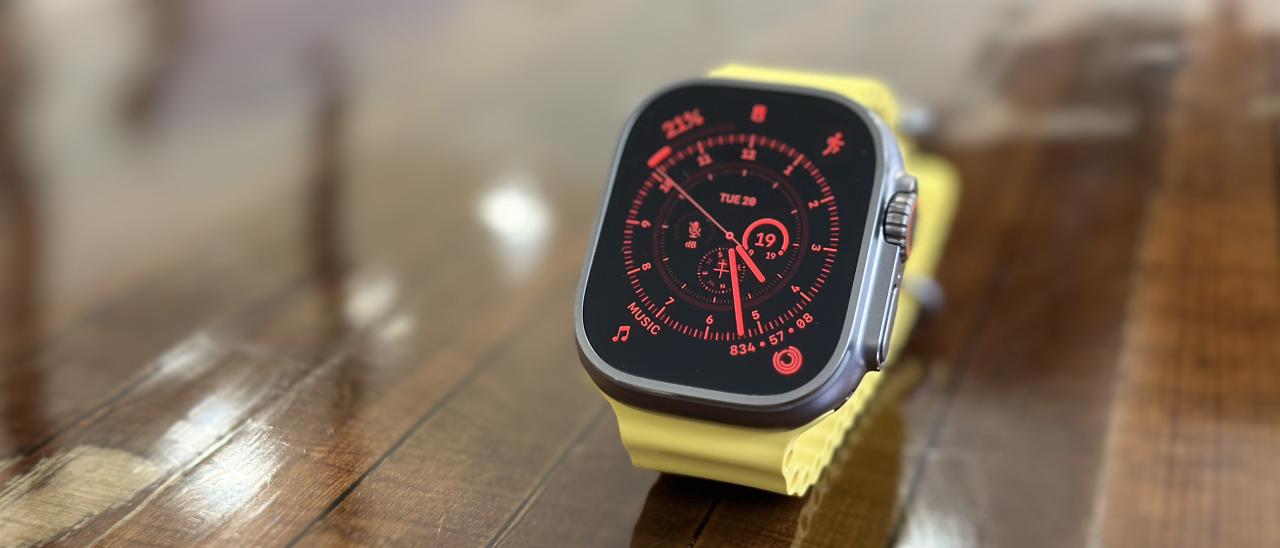This year’s mascot of Tribeca Immersive was a creepy living doll that meandered around the room projecting light in people’s eyes. At the very least, it made the prospect of leaving actual reality for a virtual one a little more appealing.
With its Immersive slate the Tribeca Film Festival, which closed Sunday night in New York, again brought together a selection of the most promising virtual reality, augmented reality, 360 video and interactive storytelling experiences. This year it packed more than 35 projects into its festival headquarters. We checked out every single one, from the creepy to the cute, including the living-doll experience Gymnasia that was a little bit of both.
Events like Tribeca serve as a mile-marker for the progress of storytelling in VR and other emerging formats. Like standing a child against a wall on her birthday to notch how much she’s grown, Tribeca offers a way to assess the development of VR and AR. This year’s Tribeca Immersive program comes at a time of tentatively renewed hope for VR.
In the midst of the festival, Facebook revealed it would release its Oculus Quest headset later this month, and early reviews have kindled speculation that the gadget could finally spark some mainstream interest in VR. Virtual reality was one of technology’s buzziest trends in the last half decade, but its hype fizzled as widespread adoption proved elusive. Consumers en masse were ambivalent about these strange boxes you strap to your face.
But with the appearance of a promising headset, Tribeca’s best experiences feel more relevant than in past years. One of Tribeca’s projects, Bonfire, will be a launch title on Quest.
Below is our summary of the best of Tribeca’s Immersive program, and — if known — when you’ll have a chance to catch them next.
We’re all stars now in the freak show
Everyone who visited Tribeca’s virtual reality parade this year met its spooky grand marshal: an oversized, decrepit porcelain doll gliding up and down the arcade on a glowing overhead-projector cart. The doll plays a starring role in Gymnasia, one of a handful of experiences designed to subtly freak you out.
Gymnasia is a playfully creepy VR experience that’s menacing only to the degree you believe dolls can really come to life and murder you. It opens in what looks like an empty, bombed-out grade school gym. Slowly, amid echoes of ball games and children’s choir recitals, inanimate objects in the room bounce, move and — in the case of the dolls — look at you. The project blends 360-degree video with CGI and stop-motion animation of miniatures. 
Ayahuasca is another VR experience teed up to unnerve the unsuspecting participant. The project replicates the experience of a shaman-led ayahuasca trip, reproducing Brazilian native imagery and chanted recitations. But if you have any snake or insect phobias, this trip is definitely not for you. A producer of Ayahuasca noted that it’s meant to encourage a meditative state, not only with its lulling smoke and chanting but also by challenging you to keep your even keel when facing writhing snakes.
The rest of Tribeca’s destabilizing immersive projects stuck with more-traditional reasons to get unnerved. War Remains re-creates the sensations of being in a trench in World War I, complete with the ability to reach out and touch the prop dead hand of a soldier’s corpse. 2nd Civil War drops you into a fictitious insurgency in an American city, where you make voice-activated choices that ultimately put a virtual gun in your face, while 7 Lives addresses the idea of resurfacing traumatic memories through a psychological haze, putting you off-balance by presenting everything in unsubtitled Japanese.
If you’re hoping to catch any of these creep shows, Gymnasia is already available in the Oculus store, and it’ll have installations at the Phi Centre in Montreal from May 27 until the end of October, as well as at the Cannes Film Festival. 7 Lives will also be on view at Centre Phi starting May 27, and it will arrive in mid-June to Viveport, Steam and Oculus stores. War Remains will be playing in Austin, Texas, this summer, with details to come through the mailing list on the War Remains website, with plans for it to head to more locations after that.
But one of Tribeca’s creepiest projects actually makes you laugh: Stealing Ur Feelings didn’t integrate any virtual or augmented reality, but it does use humor to juxtapose the sense of dread and unease you later feel about actual reality. A kiosk set up in the middle of Tribeca’s Virtual Arcade, Stealing Ur Feelings begins when you hit a big red button. That kicks off a peppy video to watch but also initiates a camera tracking your face to gauge your emotions. Made with an award grant from Mozilla, Stealing Ur Feelings reflects emotion recognition technology back at you to highlight tech giants’ ambitions to leverage this artificial intelligence for profit.
Stealing Ur Feelings will be publicly available to experience on the web in late spring.
Into the light
Tribeca’s creepy projects did have the effect of making the earnest ones feel more buoyant.
The Key was among the buzziest projects, winning Immersive’s Storyscapes award, which recognizes groundbreaking approaches to storytelling and technology.
The Key combines a live actor and a quietly interactive set with a centerpiece VR experience. The VR element itself is largely an allegorical animation, with visual metaphors. In one scene, you’re introduced to three playful floating balls said to be your friends. They dance around you and perform ethereal tricks when you reach out to touch them. But as a windstorm begins to strip your treehouselike room into pieces, you can hold only two of these companions in your hands at once. You come to the anxious realization that the one you choose not to hold onto will be swept away forever, and nothing you do will change that math.
The Key’s VR offers a series of these metaphors evoking a sensation — tedious limbo, a threatening examination — before it flips to photographic realism that explains the underlying meaning of everything you just saw.
The Key, which the creators hope to eventually make widely available, has plans to travel to other festivals, but details aren’t announced yet.
Another respite at Tribeca, Into the Light, tackles augmented reality instead of virtual reality, while encorporating the music of Bach. Participants were given an iPhone and Bose headphones, which were used to activate augmented reality art exhibits and block out the noise of the Tribeca festival in favor of orchestral sound. As you weave in and out of the exhibits, you could get closer or further away from ornamental sounds like a heartbeat. Our guide led us through the experience in a way that felt equal parts a game and a tour, culminating in an exhibit on the rooftop of the festival building.
Animated affinity
Animated VR projects at Tribeca were some of the most accessible of the fest, with characters that seemed to look you in the eye just as they snuggled into your heart.
In Bonfire, you befriend a fuzzy pink alien nicknamed Pork Bun. As you get your bearings after crash landing on an uncharted planet, you played fetch around a bonfire with Pork Bun and bond over flavored marshmallows. Pork Bun was so charming that, when I had to choose between protecting its planet or saving the human race from extinction, I tacitly left planet Earth to fend for itself.
Pork Bun and Bonfire are the latest from Baobab, one of VR’s top animation studios. And this one will be available to a wide audience soon: It’ll be a launch title for Oculus Quest starting May 21, and Baobab plans to widen it to other VR platforms too.
Pork Bun is one of a few ‘smart’ characters in VR projects at Tribeca. All the actions you take during Bonfire feed into a complex system that moderates how friendly Pork Bun is to you. The effect is that the character feels more real — and the stakes of your circumstances together get more heightened the more you bond.
Wolves in the Walls: It’s All Over also taps into this sort of interplay with its main character Lucy. It uses the basic plot of a Neil Gaiman story, and Lucy’s character and VR animation were developed with an immersive theater company so Lucy’s subtle interactivity would reflect the expertise of people who regularly interact with audience members. This is the second chapter in a triptych of Wolves in the Walls experiences; It’s All Over will travel next to the Annecy Film Festival in June and the Virtual Beings Conference in San Francisco later this year. Once the third chapter is premiered, all three will be available on the Oculus store eventually.
Ello, which also deploys an adorable alien to great effect, is an animated experience that couldn’t be told any other way than with VR. Ello’s approach to animation is to essentially build a dollhouselike set where the characters play out their roles, one that you can walk around and poke your head into in a godlike way. But Ello’s dollhouse is a tiny planet with a single inhabitant, wanting nothing more than to find connection with somebody else in the vastness of space.
Ello will be making a tour of film festivals around the world. It is also being adapted into AR and sound-interaction versions of the experience. These various versions of Ello will launch this October on Steam, HTC Viveport, PlayStation, and Android/iOS app stores
With sympathetic, lively characters, all three projects use the interactivity of VR to heighten your connection to the characters and their fates.
Doctor Who: The Runaway can quickly bring a smile to any Who fan with just one thing: the HTC Vive controller becomes a sonic screwdriver. The experience stars Jodie Whittaker as the Doctor as she cares for an adorably sentient ball of energy, with some assistance from the player — a passenger who is explained as being otherwise unable to move. While Whittaker herself is literally animated, her performance carries through as if she’s running around the Tardis in-person. The experience doesn’t do anything new with the virtual reality format, but it serves as another way of bringing Who fans into the world of the show.
Fresh perspectives
For a long time, VR was often inaccessible for many kinds of creators because of its expense. As the tech’s become more consumer oriented, it’s getting into the hands of a wider array of creators, including underrepresented communities that get to show their own points of view.
Future Dreaming nurtured four Aboriginal teenagers to create a story using Tilt Brush painting, motion capture and a head-rig to record their facial expressions as they imagined their own futures. You take a trip with the four teens from their current lives to an intergalactic fantasy future with space mayors, prancing goat steeds and floating pop-star concert performances (preferably with Rihanna as the opening act). It’s a group that’s almost never represented in media, and these teens have total ownership of the product. That authenticity comes through in a rare way. The animation isn’t slickly polished, and it’s not supposed to be. The joy of it is living inside the young creators’ unabashed imagination.
Unceded Territories also presented an indigenous perspective authentically. The subject matter is more serious than Future Dreaming; Unceded Territories grapples with colonialism, climate change and civil rights. But the message is crafted and delivered by First Nations artists: Lawrence Paul Yuxweluptun’s visuals and the music of A Tribe Called Red.
Often in VR’s recent past, during an ’empathy machine’ stage, experiences that focused on native cultures treated them tenderly and respectfully as a subject matter, but the control of the storytelling remained in an outsider’s hands. Projects like Unceded Territories and Future Dreaming show how simply letting communities tell their own stories can make a deeper impression.
Future Dreaming will be making its Australia premiere at the Revelation Perth International Film Festival from July 4 to July 17, followed by the Melbourne International Film Festival Aug. 1 to Aug. 18. Later this year, it will be released on all the major VR platforms and in VR app for Australian broadcaster SBS. Unceded Territories is figuring out its next appearances; The Unceded Territories website will alert followers about future chances to experience it.
Reverberations
At VR showcases like Tribeca’s, it’s standard to be jumping in and out of headsets like the Oculus Rift and the HTC Vive. But this year, a few projects employed the new HP Reverb VR headset, the first new Windows VR headset in years to aim at the high-end of the market, homing in on amped up image resolution.
The Reverb’s resolution was showcased best with two projects. The 100% is a true-life story about a professional ballerina dealing with an incurable cancer, which won the Tribeca X prize awarded to an artistic piece supported by a brand. Drop in the Ocean is a sea conservation experience that simulates a ride on a jellyfish as giant turtles and sharks swim by.
At a particularly meaningful moment in The 100%, a circle of full-length mirrors virtually shatters, with shards spinning independently in midair to reflect the ballerina at the center of this story at different points of her life. It’s the kind of visual trick that would be dampened by the fuzzier peripheral vision of other headsets. In this experience, you feel more encompassed by the story with less fogging and fuzziness ringing your vision.
The 100% will be available as a public download soon, according to the creators, and it will be making a tour of festivals, conferences, fundraisers, and other events this year. Drop in the Ocean will head to the California Academy of Sciences from May 23 to July 14.
Community
Cave takes a community-based approach to virtual reality, leaning heavily into the idea that you are a member of an audience watching a one-woman show. From both your physical and virtual seat, you watch as a girl sets herself up in a cave, questioning whether or not she is able to inherit her mother’s power to command giant wooly mammoths. It’s brightly animated, but the real draw is looking around and seeing your virtual crowd, which in my viewing contained another alien. I only had one other audience member with me during the demo, but being able to observe others reacting to the performance had the feel of people-watching — without technically looking at them.




